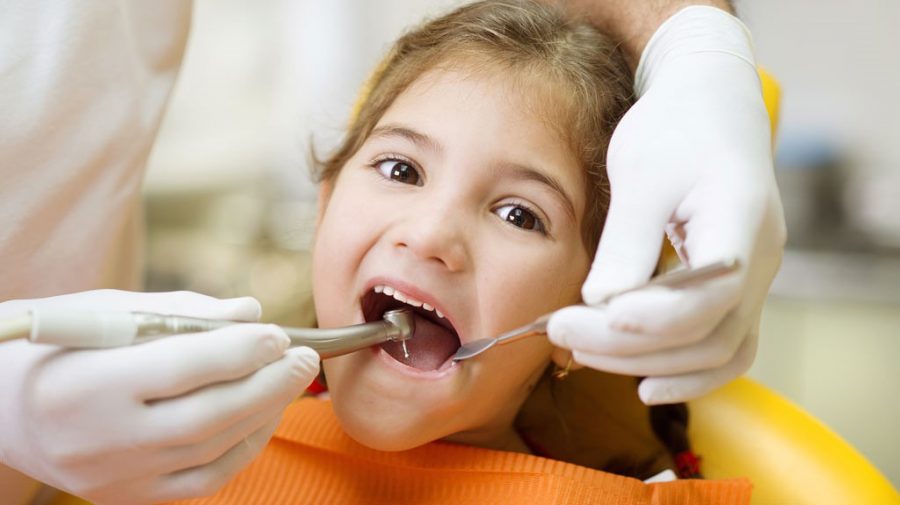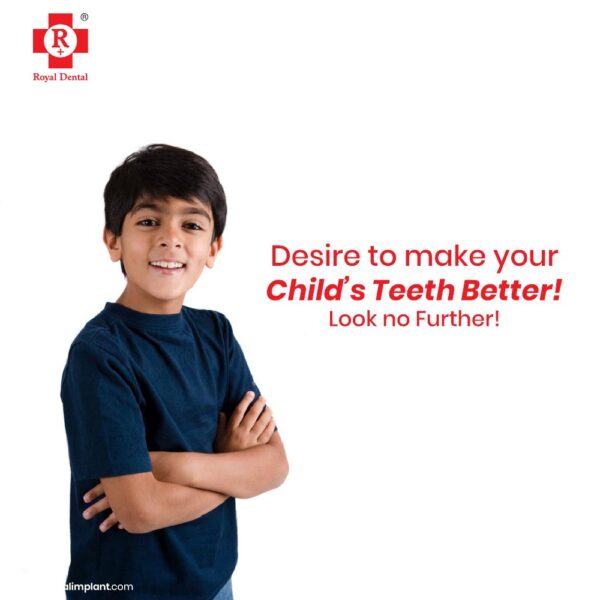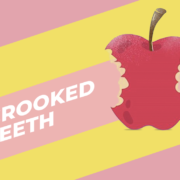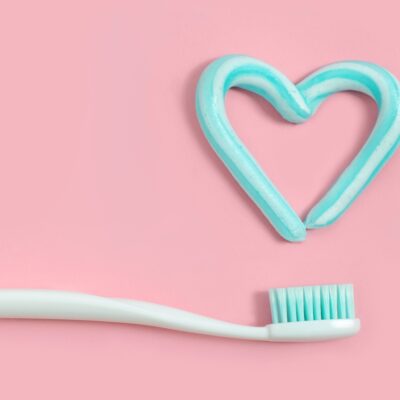Root canal treatment in children depends on various factors like caries, oral hygiene habits, age, trauma. Root canal treatment divided into 2 categories; Apexogenesis and Apexification. These 2 treatment protocols depend upon the stage of formation of the roots. Dental fear with conscious sedation may be common among different age groups of society. Along with fear anxiety and pain-related issues observed by the dentist in most children. It is natural to feel nervous before a procedure, but for children root canal under conscious sedation will ease your stress with sedation dentistry?
Apexogensis Goal
To preserve the vital tissue so that continued root development and apical closure can occur. Apexogenesis performed on incompletely formed roots.
Firstly the coronal portion of the pulp removed till the canal orifice seen. The rest of the pulp should remain vital, its then dried with the help of cotton pellet. Air shouldnt be blown to maintain the vitality of pulp. Once pulpal bleeding controlled, calcium hydroxide paste placed over the wound dressing making sure the entire pulpal surface covered. A restorative base material then placed over it and allowed to set completely for a long-term seal. Re-evalution of the patient done 3 months for 1st year and then 6 months for 2-4 years in order to check for the successful root formation.

Apexification Goal
It is a method to induce development of root apex of an immature pulp less tooth by formation of osteo-cementum or bone like tissue. To induce closure of apical 1/3rd of the whereas canal or apical calcific barrier against which an obturation done.
Clinical Evaluation performed to check for color, mobility, tenderness, swelling. IOPA must taken to evaluate the concerned tooth , instrumentation recommended when acute signs and symptoms are absent. Local anesthesia then given to gain access in the pulp chamber. Barbed broaches used to remove the debris and necrotic pulp. Irrigation performed one should determine the working length with the help of a IOPA.
Circumferential enlargement done by files, Canal dried with the help paper points. Calcium Hydroxide placed 2mm short of the radiographic apex. Thick calcium hydroxide placed into the pulp chamber and then a temporary restoration. Evaluation done after 6-24 months of follow up. We should check for the absence of internal resorption, periapical radiolucency in the x-rays done. Verification of apexification done in the x-rays and further process of root canal treatment then performed.

Tips on Preventing Aesthetic Problems during Childhood
Avoid taking tetracycline antibiotics for any extended period during pregnancy and giving it to your child before either year of age. It can cause staining of primary and permanent teeth that may be impossible to remove and difficult to cover.
If your water supply properly fluoridated, it is not necessary to give your child vitamins containing fluoride.
Avoid foods high in calories and junk foods, such as candy, which may promote decay
Watch out for tell-tale signs of clenching or grinding. Have your child’s dentist look for signs of wear on the teeth surfaces, Also, pay attention to headaches, backaches associated with clenching or grinding.
‘If orthodontic treatment required, make certain careful oral hygiene and regular visits to your child’s dentists observed and avoid refined sugars. Such foods cause hidden discoloration and cavities of the teeth, which may be evident after the bands or brackets removed.
Saving The Tooth Is Always Best
Learn about restorations (“fillings”), which can be gold, plastic silver, etc. Learn how long restorations expected to last and what type of materials could or used to give your child the most appropriate treatment.
A sight chip or fracture of front teeth usually be bonded. In cases of severe decay or fracture of primary teeth, a crown needed. For back teeth, this could be a silver-colored or stainless -steel crown. For a front tooth, a plastic or composite tooth-colored crown used.
If it can be saved, don’t have a tooth extracted. It’s better to maintain a tooth in health If a primary or baby tooth is prematurely lost or removed, ask your dentist if space maintenance (to preserve room for the permanent tooth) is needed. Loss of space can often lead to the need for orthodontic treatment later on.
Preparing Kids for Root Canal In Children Is Difficult!
The dentist will guide the parent on how to prepare the child for the root canal. The parent can talk to the child about what the procedure is and why the child needs it. The child might feel scared about the procedure.
Depending on the age of the child, your dentist will give the child X-rays. This will help the dentist to examine the area clinically. This can show the dentist how bad the infection is and what possible options are available.
The child will receive local anaesthesia and in some cases conscious sedation. This can help to prevent pain while the root canal is being done. The child might also receive antibiotics to help prevent any infections after the root canal treatment.
Follow Us For More Updates






Dental fear with conscious sedation may be common among different age groups of societyThe child might also receive antibiotics to help prevent any infections after the root canal treatment.